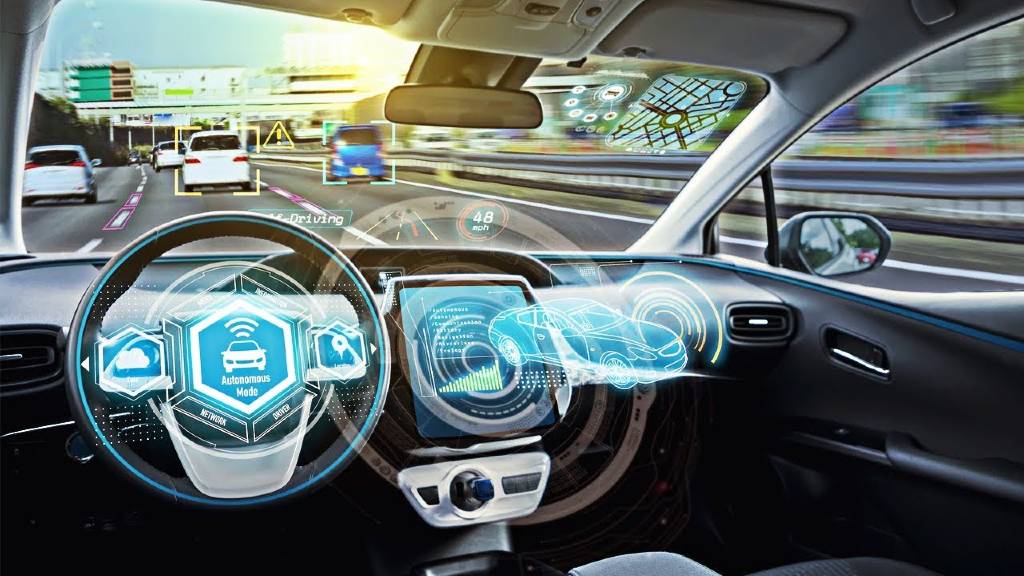Is fully automated driving coming soon? Toyota says no.
Sat, 09/27/2014 - 13:45
Cars that drive themselves have been science fiction for a long, long time. However, the next time you buy a new car, you might be able to give most of the control to a computer. This is possible with new technologies that are now a reality, technologies that are close to public availability.
It has been 15 years since cruise control went mainstream, automating throttle control. Today, the average person probably isn’t aware that cars currently for sale can almost drive themselves. Yet, that average person most likely uses standard cruise control on their daily commute.
Today’s consumer may be surprised that many new cars are able to sense other cars on the highway using advanced active sensors that automatically adjust cruise control speed to mimic traffic. These so-called Adaptive Cruise Control systems are hitting mainstream right now.
Toyota told a group of reporters at its annual Advanced Safety Seminar this week that ACC is planned as an option on every car in Toyota’s lineup, from the Tacoma to the Corolla, by 2017.Toyota showed us the next step beyond ACC, which it calls Automated Highway Driving Assist. Cadillac demoed a similar system called Super Cruise at the event last year; the company has committed to bringing the system to production cars by 2017. Using sensors that detect the road lines and identify them as appropriate boundaries, the new systems add the ability for a car to steer itself on the highway. These advanced tech features are showing up on mostly high-end cars as early as model year 2015 and are close enough to reality to be equipped on your next new car purchase. The system Toyota showed reporters this week added integration with GPS to give drivers real-time information about the lane a car is currently traveling in. Imagine the lady on your GPS, except that she also knows which lane you’re in. Because she know’s which lane you’re in, she only tells what you need to know about your lane. In Toyota’s system, for example, if your lane is going to end soon, it alerts you. The Director of Toyota’s Collaborative Safety Research Center, Chuck Gulash, who is responsible for many of the company’s advanced technology projects, thinks fully automated driving is not coming anytime soon. Instead, he likens the role of the computer in cars to a teammate that is along for the ride. Gulash envisions a car that helps a driver in situations where technology will do a better job, yet it leaves ultimate control to the driver. The final step in getting these technologies on the road is proving they are safe. Carmakers are taking a big liability risk by building vehicles with increasingly more control, control that is essentially taken from the driver. What if there is a defect? Auto manufacturers are considering all the possibilities and aren’t taking consumer’s questions lightly. They’re currently putting hundred of thousands of miles on prototypes to verify that drivers will be safe. We at Best Cars Guide can’t wait to try out these technologies in the driver’s seat, and as it turns out, we may not have long to wait.

[{"target_id":"255129","alt":null,"title":null,"width":"1024","height":"576","url":"\/sites\/default\/files\/articles-images\/f4\/How-Self-Driving-Cars-Will-Change-the-World.jpg"}]




